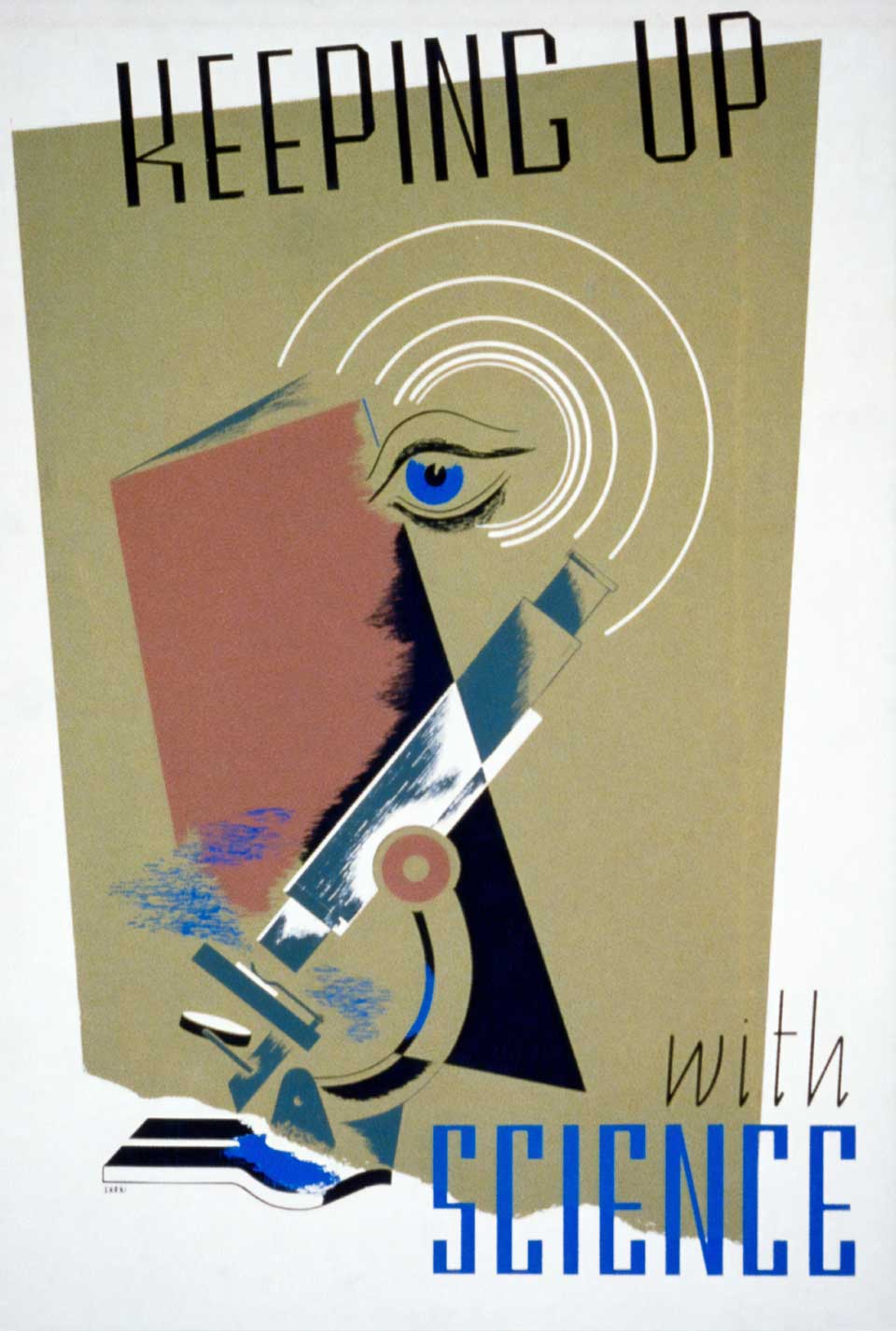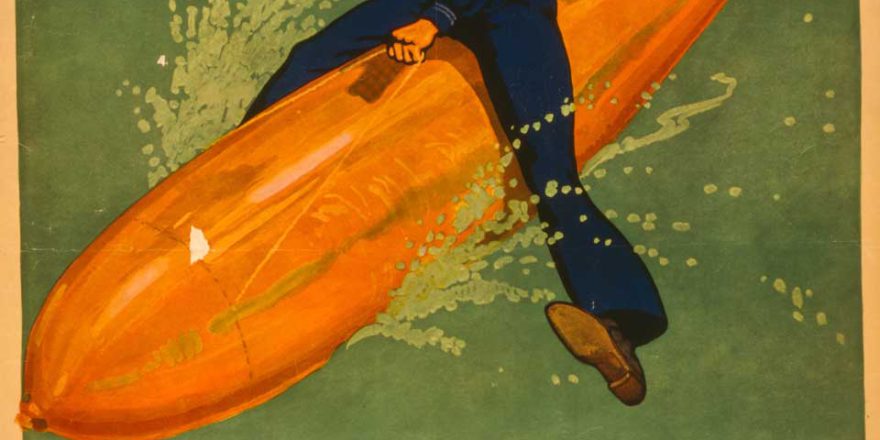Lost 1948 Propaganda Primer Reveals Dangerously Simple Influence Techniques
 I can’t figure out if I want to present these techniques to you in a cautionary manner or as a teaching tool, so I’ll let you decide how to use this information yourself.
I can’t figure out if I want to present these techniques to you in a cautionary manner or as a teaching tool, so I’ll let you decide how to use this information yourself.
Back in 1948 a simple 7-minute film was shown to high school students to teach them how to tell propaganda apart from fact. As you know, the purpose of most propaganda is to persuade people to believe something, to do something, or to <cough cough> buy something.
Seven techniques are mentioned in the film:
- Glittering Generalities
- Transfer
- Name-Calling
- Card-Stacking
- Testimonial
- Plain Folks (One of Us)
- Band Wagon
First, I’ll give you the examples of each in the film, and then we’ll see if we can translate those into how we might market a product ethically using propaganda. I know that ‘ethically’ and ‘propaganda’ sound mutually exclusive, and they certainly can be. However, if you are selling a good product at a good price, then there’s no need to fear using some propaganda of your own to encourage prospects to try your product.
Glittering Generalities – “The mayor stands for good government and promises good government.”
The problem with this is everyone had a different idea of what good government means. And yet it works because people will assume the speaker is talking about the same type of ‘good government’ they are thinking of.
How can you use this to market a product on how to build an online business? “You’ll have the perfect business that is enjoyable, rewarding and pays you the income you deserve.” Notice I didn’t really say anything in that last line, but it does sound good and the reader can fill in the blanks with their own desires.
Transfer – “Joe Candidate is a real American.” Keep in mind this film is 75 years old, but even today you will occasionally hear someone claim to be a ‘real American.’ Now we realize that any citizen of North or South America is a ‘real American,’ but back then in the U.S. being a real American made the candidate sound good while subtly implying their opponent was not a real American.
In your own marketing you might say that your product is the real deal, the authentic original on whatever it is that you teach or sell and not a copy. This works especially well if you’ve coined your own terms and phrases in your business, essentially placing it in a category of its own.
Name-Calling – “Our opponent is unreal, unrealistic. He is a visionary, a theorist, a dreamer. He is so thirsty for public office that like a weary traveler in the desert, he sees a mirage, and he is trying to sell it to you as real.”
In today’s world those names sound pretty good, but evidently in 1948 being a visionary was a bad thing.
I would NOT recommend you start calling your competition names, but what you can do is frame their product as not being right for your customers. “While there are numerous courses on traffic generation that rehash the same worn-out techniques that stopped working 5 years ago, our course teaches you what is working right now, today, to drive unlimited targeted traffic to your offers.”
You’re implying that competing products are out of date and out of touch while yours provides techniques that are working now. Essentially, you’re name calling without sounding like you’re name calling.
Card-Stacking – “Mayor Cooper asks that he be judged by his performance in office. Very well, let’s ask him. Who was mayor when the Municipal Water Works fell into such a state of disrepair that the whole town was without water for two days? Let’s ask him. But no, let’s not. It might embarrass him.”
Card stacking is choosing some facts and leaving out others and arranging them to suit your purpose. Cooper was mayor when the pumping station broke down, but it was the men in office before him who allowed it to get into such a rundown condition. And it finally gave way before he could get anything done.
Most of us already use this in our marketing. We talk about the fact that our product teaches how to make a lot of money, but we don’t go into detail about the fact that it takes a ton of work to make it happen. Frankly, I prefer to let people know that work is involved. I prefer to give the details up front, while also letting them know there are shortcuts – such as outsourcing – they can use to get the results they seek faster and with less personal effort.
Just be sure to leave out nothing that will get you in trouble later. For example, don’t say that a year after Billy started his business he had $100,000 in the bank while neglecting to say that Billy originally had $300,000 but lost $200,000 trying to implement your business plan. 😉
Testimonial – “I want to take time to tell you that I’ve known Dick Cooper ever since he was knee-high to a grasshopper. He comes of a good, respectable family, too. Just as honest as the day is long. He knows our town. He’s one of us. That’s why I’m going to vote for Mayor Cooper, and all my friends are going to vote for him too.”
We already know how to use testimonials in our marketing. Generally, the more you have, the better. Also, the more specific they are, the more they can potentially influence your prospect. “I love this course” isn’t going to be nearly as influential as, “By implementing what I learned in Module 4 of this course, I was able to lose 20 pounds of fat and gain 7 pounds of muscle in 6 weeks, as measured by my doctor.”
Plain Folks (One of Us) – Notice in the example above that the testimonial talks about how the candidate is “one of us.”
Anytime you can make yourself appear to be like your customers, do it. When you can show that your business caters to people just like your prospects, do it. Build a tribe of like-minded people, make them feel that they belong to the tribe, and they will follow you anywhere and buy your products, too.
Band Wagon – “Yes, Mrs. Hamline is voting for Mayor Cooper. Her friends are voting for Mayor Cooper. Your friends are voting for Mayor Cooper. The people know what they want, and what they want is Mayor Cooper. Don’t you be left behind. Get on board the victory special. Vote for Mayor Cooper and ride with him to victory.”
Whenever possible, show that plenty of people have already jumped on your bandwagon, whether that’s joining you on social media, visiting your site, buying your products and so forth. Few people are comfortable being the first and most people love following the herd, regardless of what they might claim to their friends. Make them feel like they are joining a movement rather than being a pioneer and you’ll get the sale.
Flipping the coin, how do YOU detect propaganda yourself so that you can make informed choices based on fact? According to the movie, the steps are:
1: Recognize the technique
2: Know the purpose
3: Get the facts
4: Weigh the facts against the purpose and technique
I’ll let you get the details on these steps from the video, which I highly encourage you to watch. It’s only 7 minutes in length and chock full of lessons on using, recognizing and studying propaganda. And it’s as relevant today as it was in 1948.
